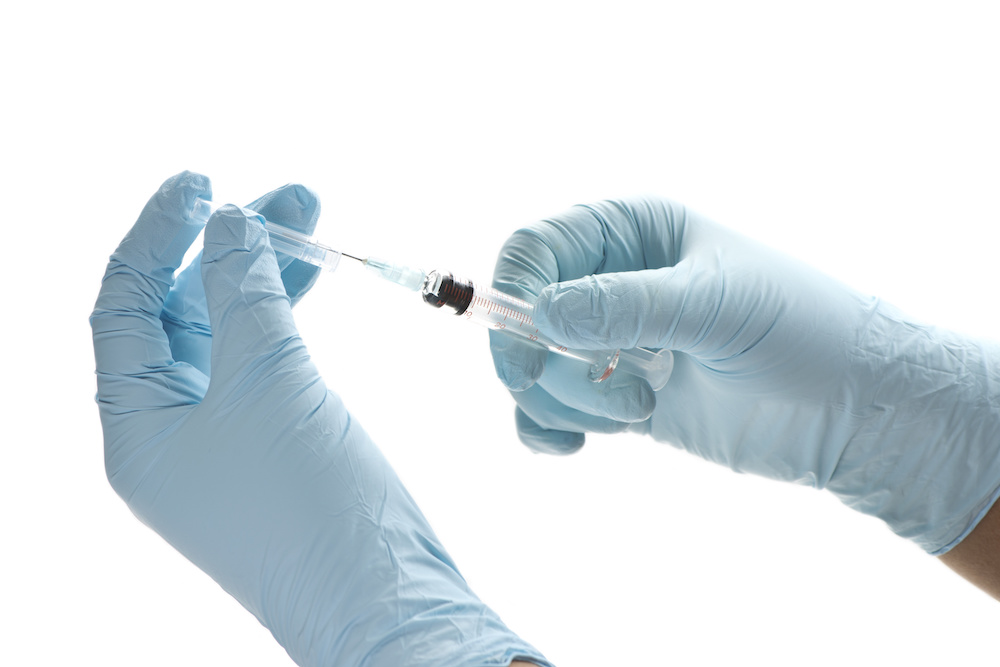Needlestick, along with other sharps injuries can be a significant hazard for Practices. Contaminated needles, as well as scalpels, razors, IV cannulae and other sharps may expose healthcare workers to blood borne viruses such as HIV, Hepatitis B or C.
To help manage these risks the Health and Safety (Sharps Instruments in Healthcare) Regulations were introduced in 2013 requiring the exposure to blood borne infections from sharps injuries to be risk assessed. The purpose of the assessment is to eliminate the risk, (such as using needle free equipment where reasonably practicable) find a safer substitution or identify ways to reduce the risk by putting adequate control measures in place.
A needlestick injury can occur during patient treatment such as when handling needles that need to be taken apart or manipulated after use; recapping or disposing of contaminated needles and transferring bodily fluids between containers. Additionally, if a healthcare professional is working under pressure without care and attention this can also lead to an injury.
However, it’s not just healthcare workers at risk, cleaning operatives can also be exposed to needlestick injuries, such as in one case when an operative removed a yellow clinical waste bag from a bin, which resulted in a used needle protruding and injuring him.
The Health and Safety (Sharps Instruments in Healthcare) Regulations provide guidance on control measures to reduce the risks, such as substituting unprotected medical sharps with ‘safer sharps’. ‘Safer sharps’ incorporate features or mechanisms to prevent or minimise the risk of accidental injury. An alternative to this is the use of needle blocks. It’s important that suitable and sufficient personal protective equipment is identified as another form of protection, for example puncture resistant gloves; as well as referring to patient medical history where appropriate.
In addition to preparing a risk assessment, it’s also important to have procedures in place which can be easily referred to in the event of an injury, mindful of the trauma which can accompany such an incident. This should include the steps to be taken immediately following an injury as well as reporting and investigation procedures.
Additional supporting documentation should include an infection control policy, a safe waste disposal policy, and the provision of information, instruction and training for employees.
Additional resources:
Infection Prevention Control policy (IPC)





0 Comments